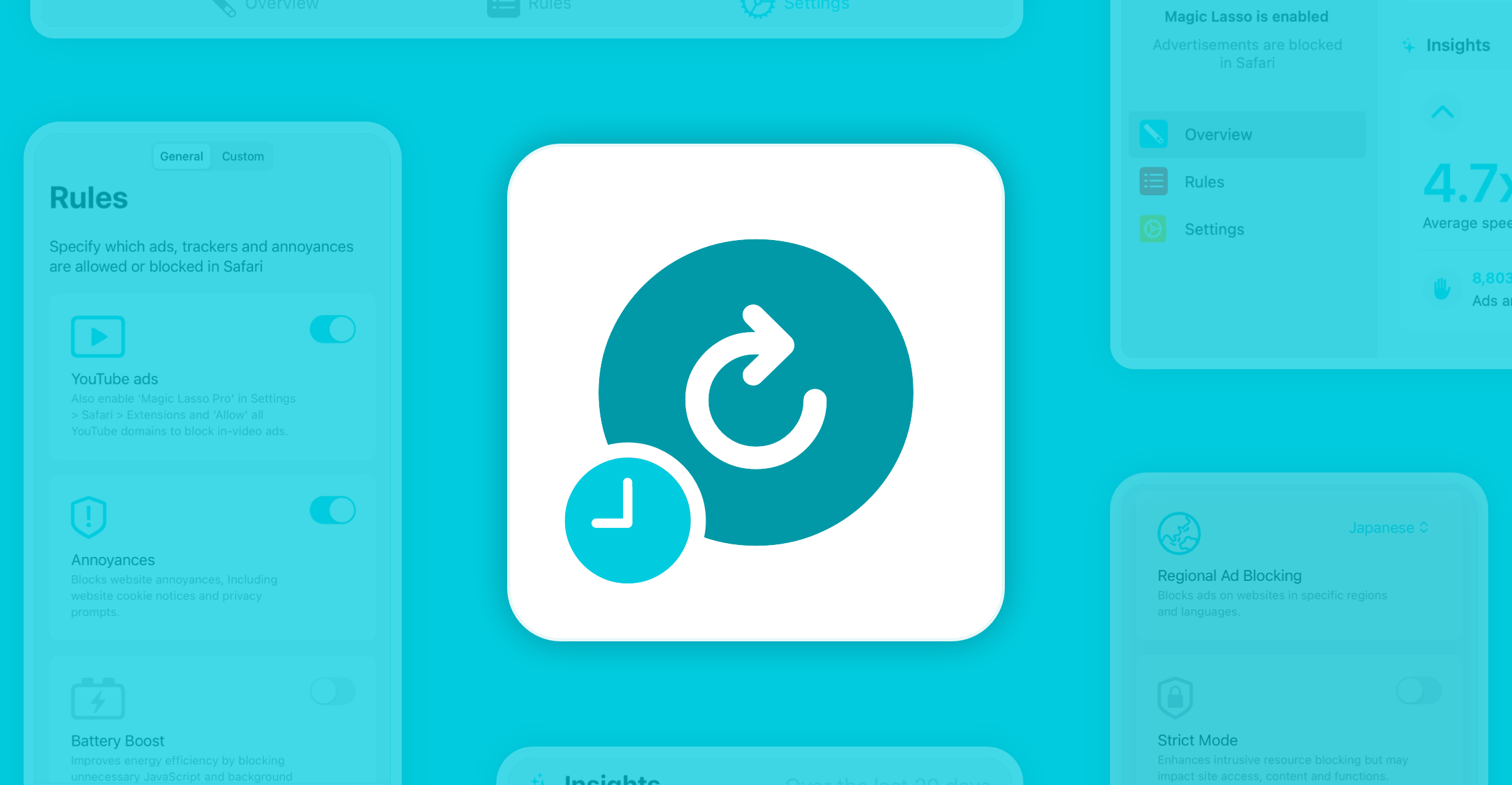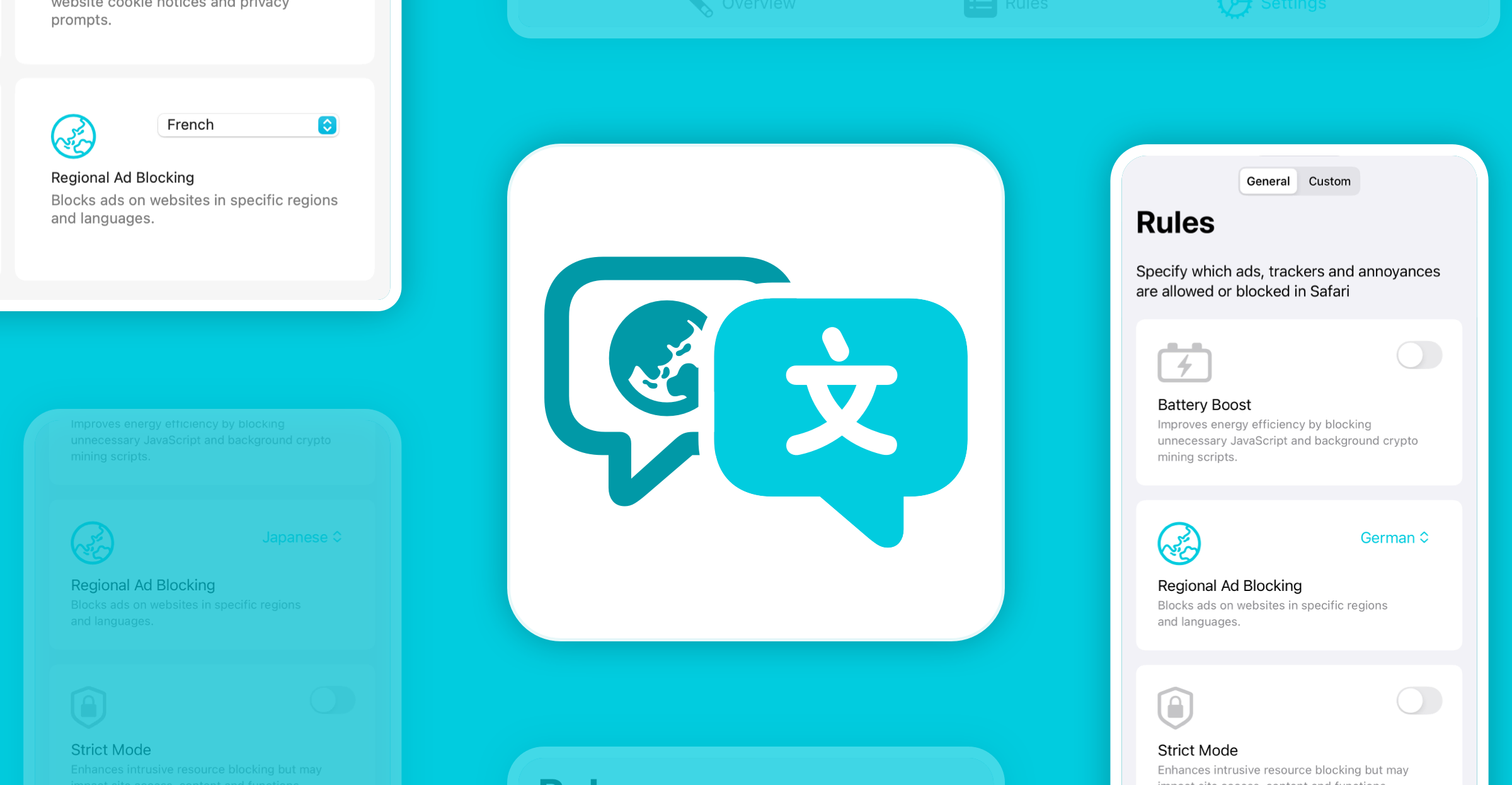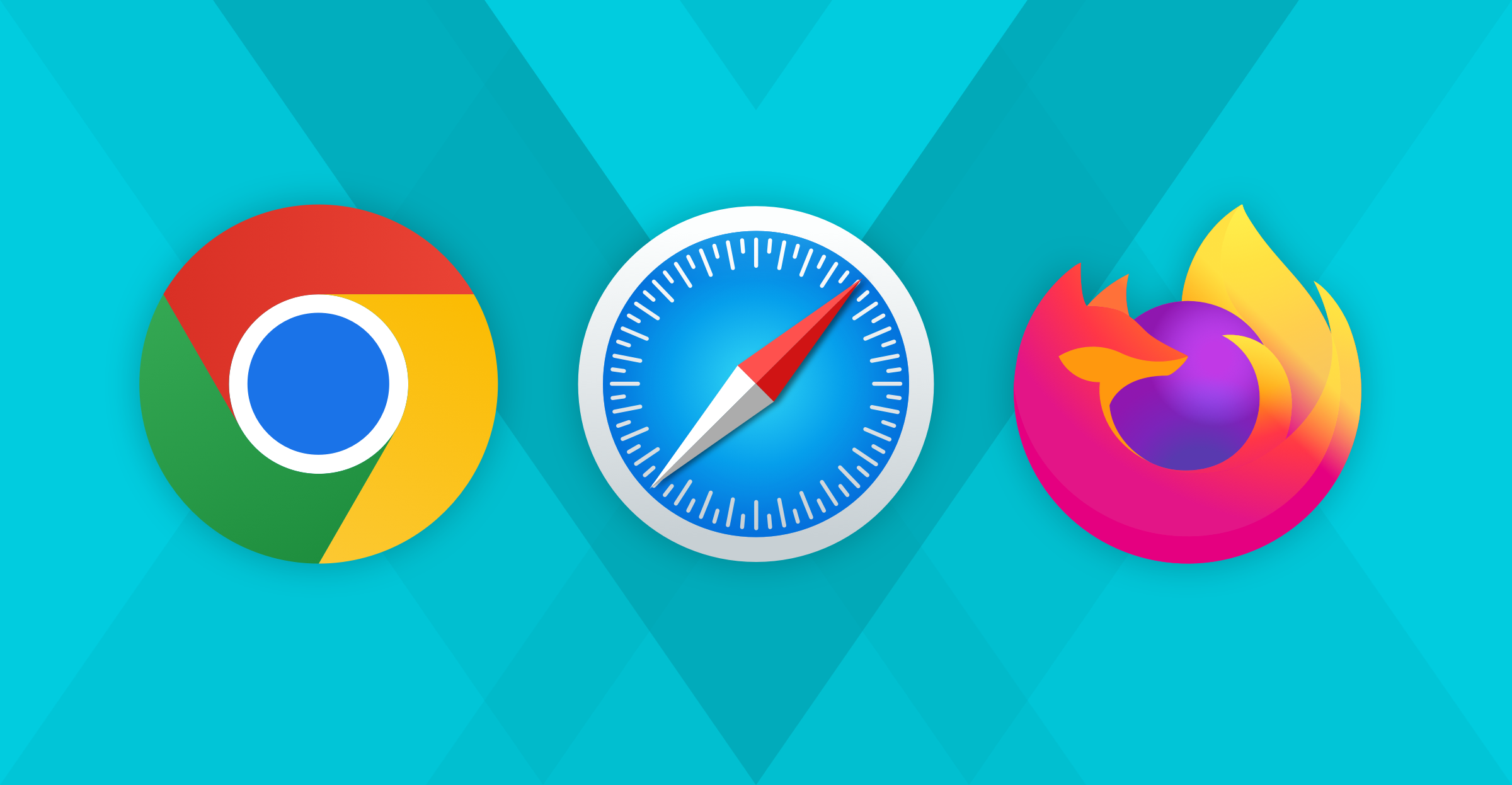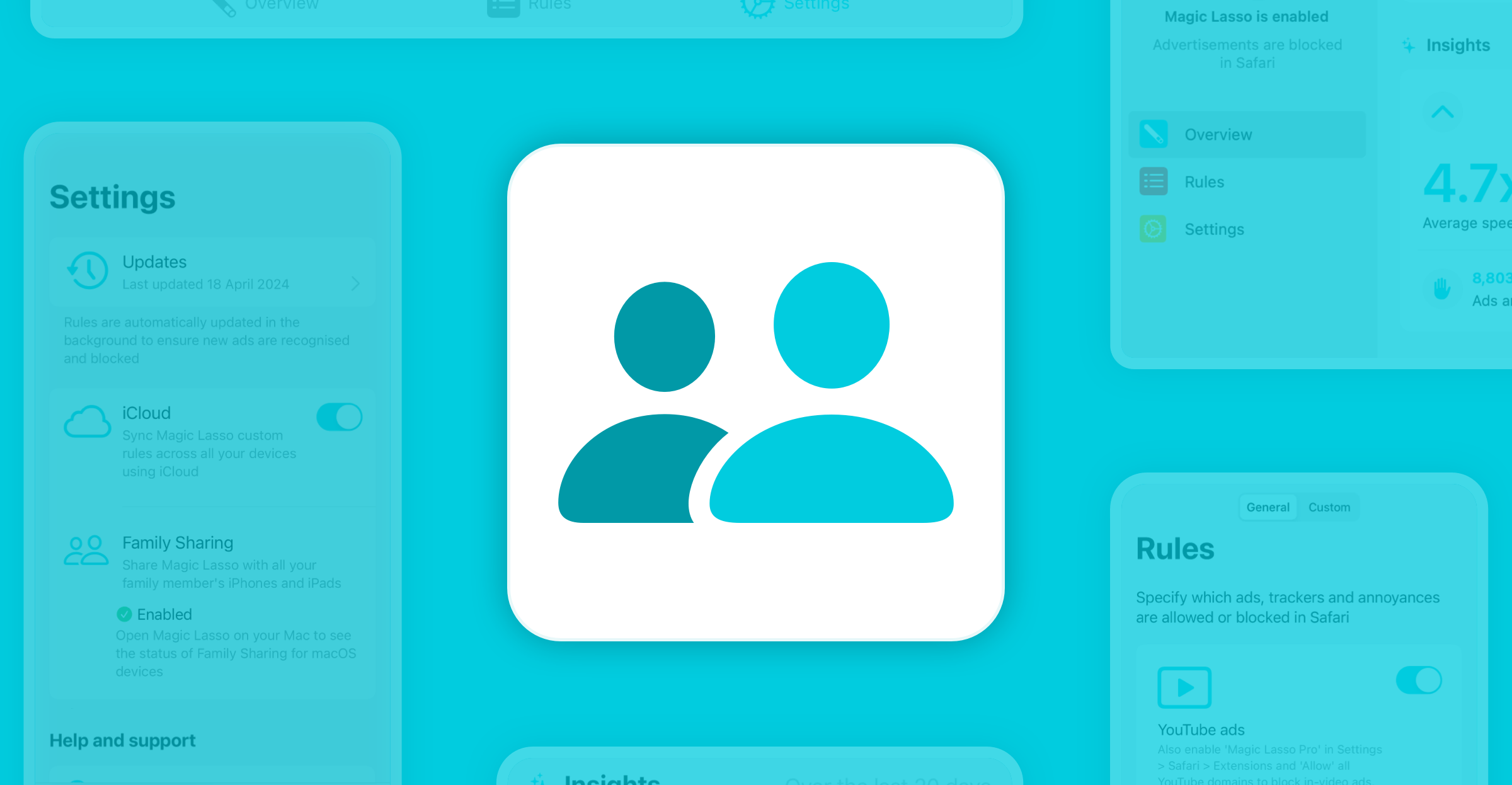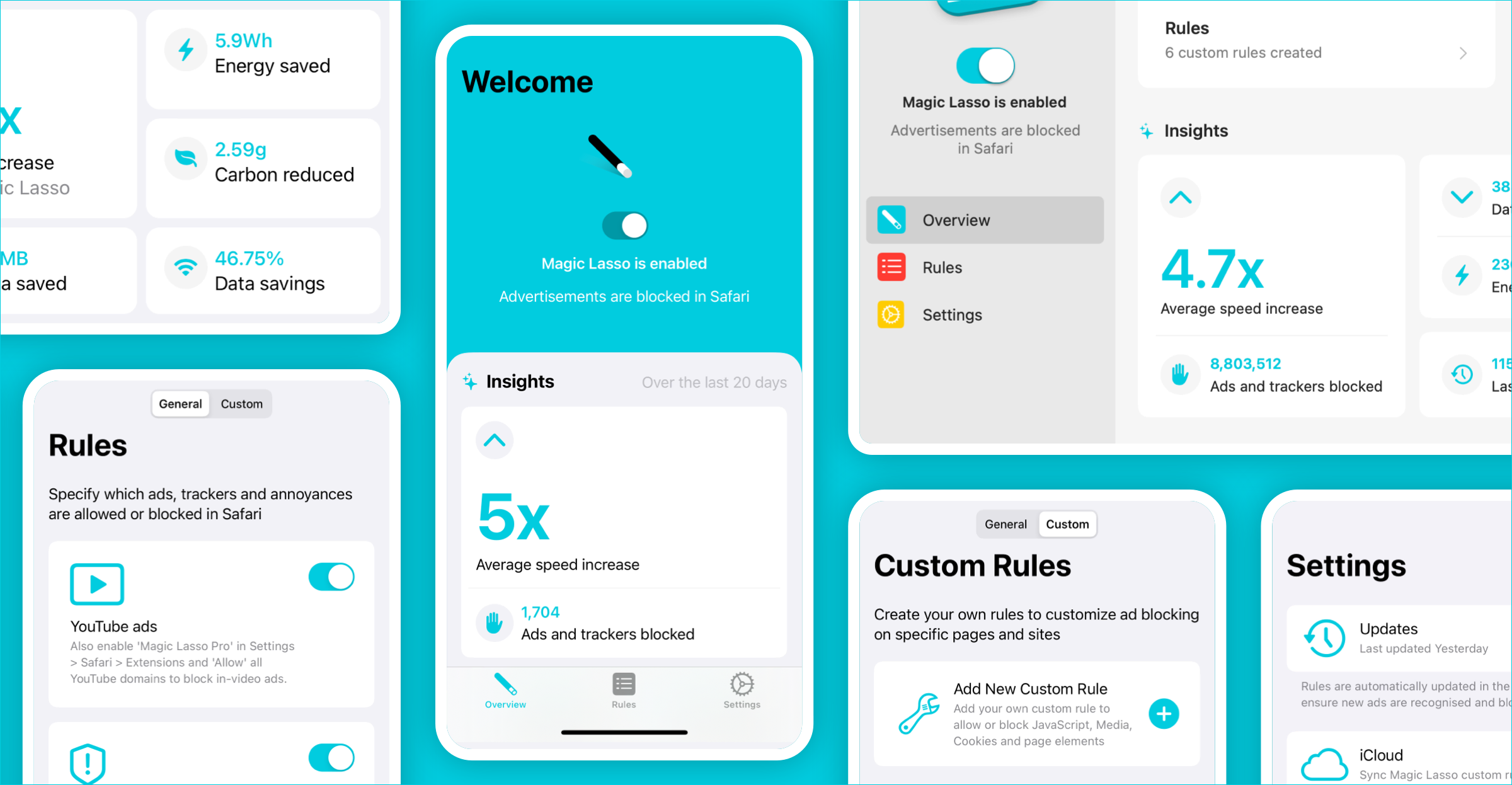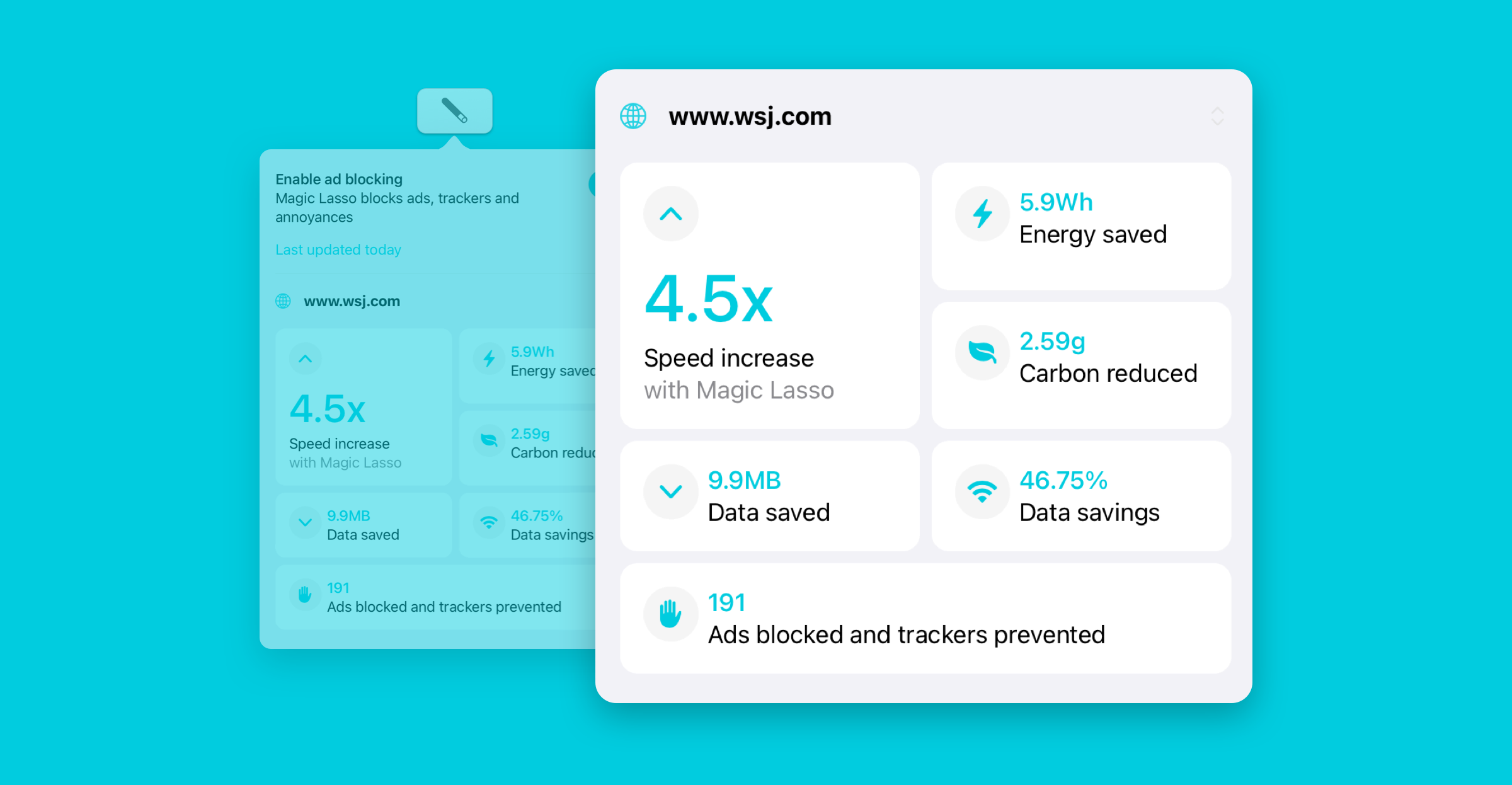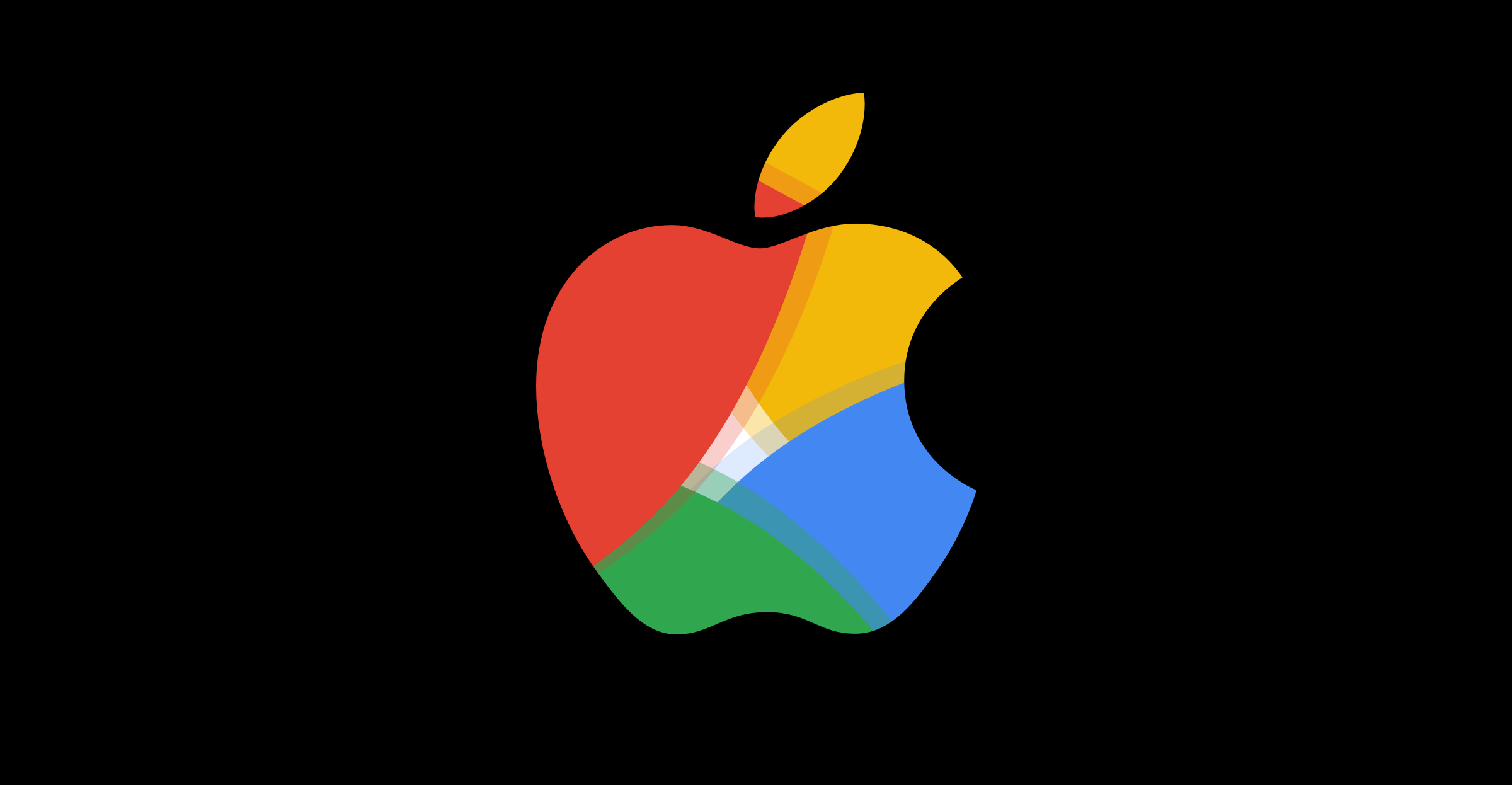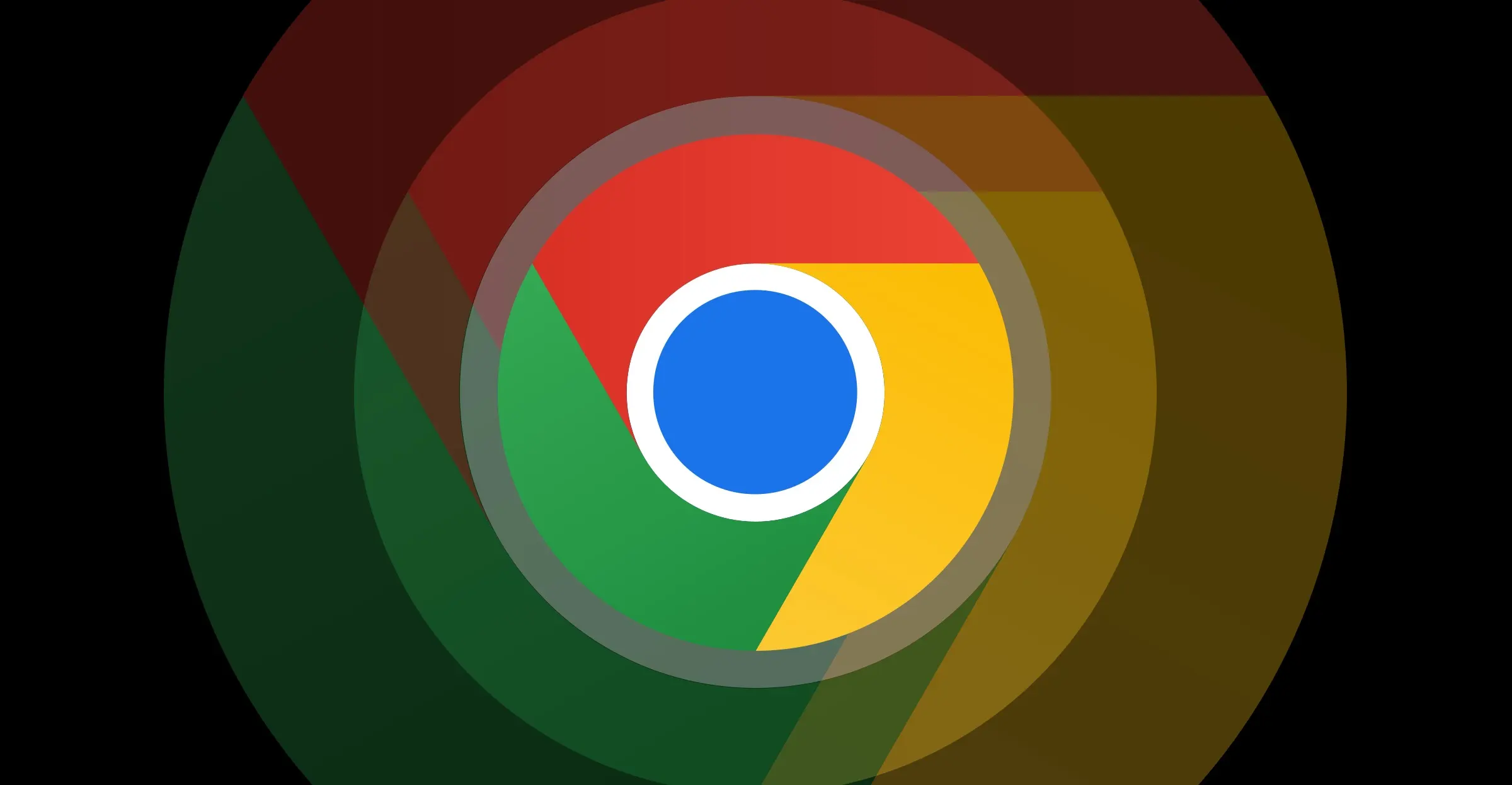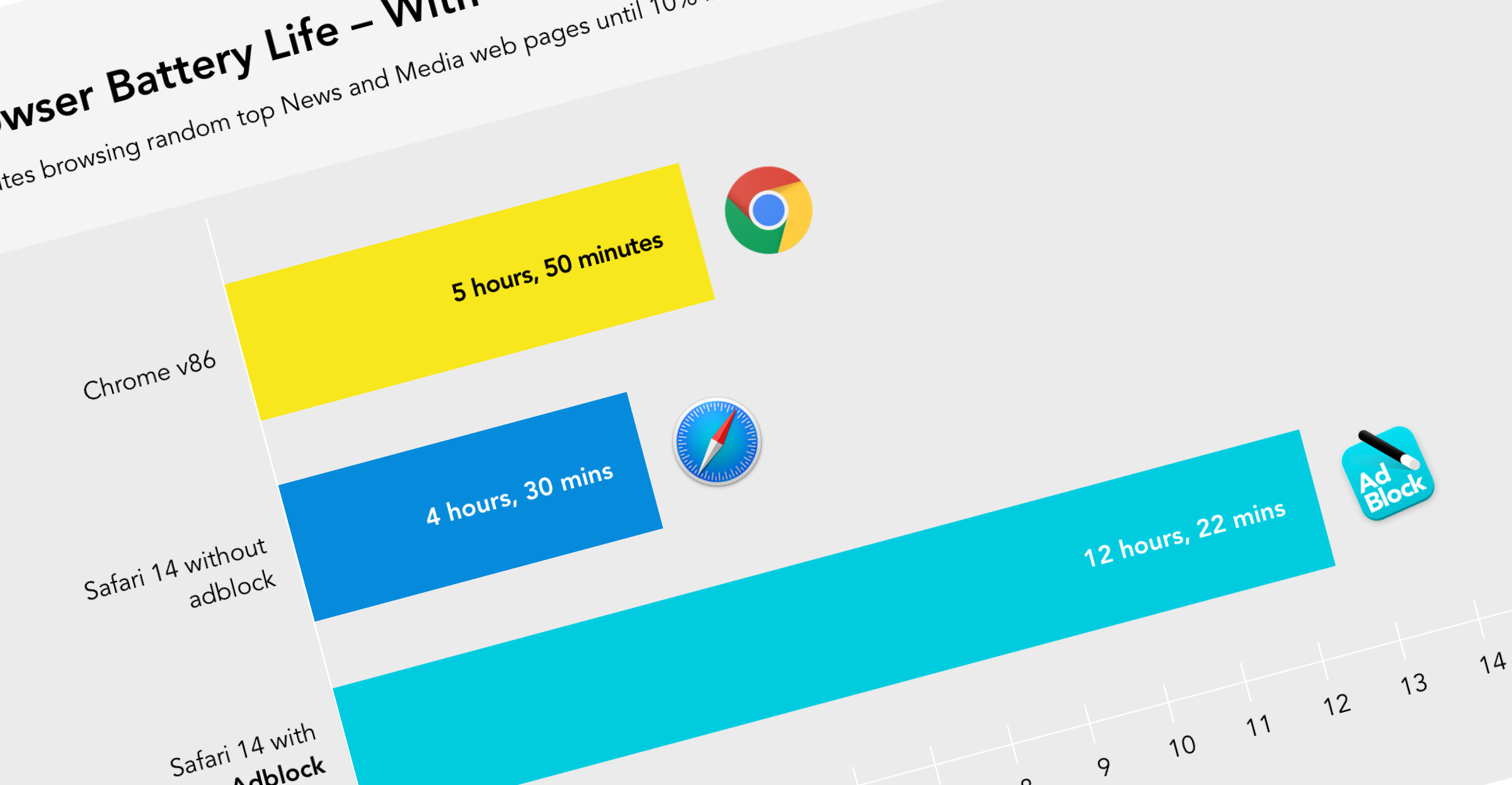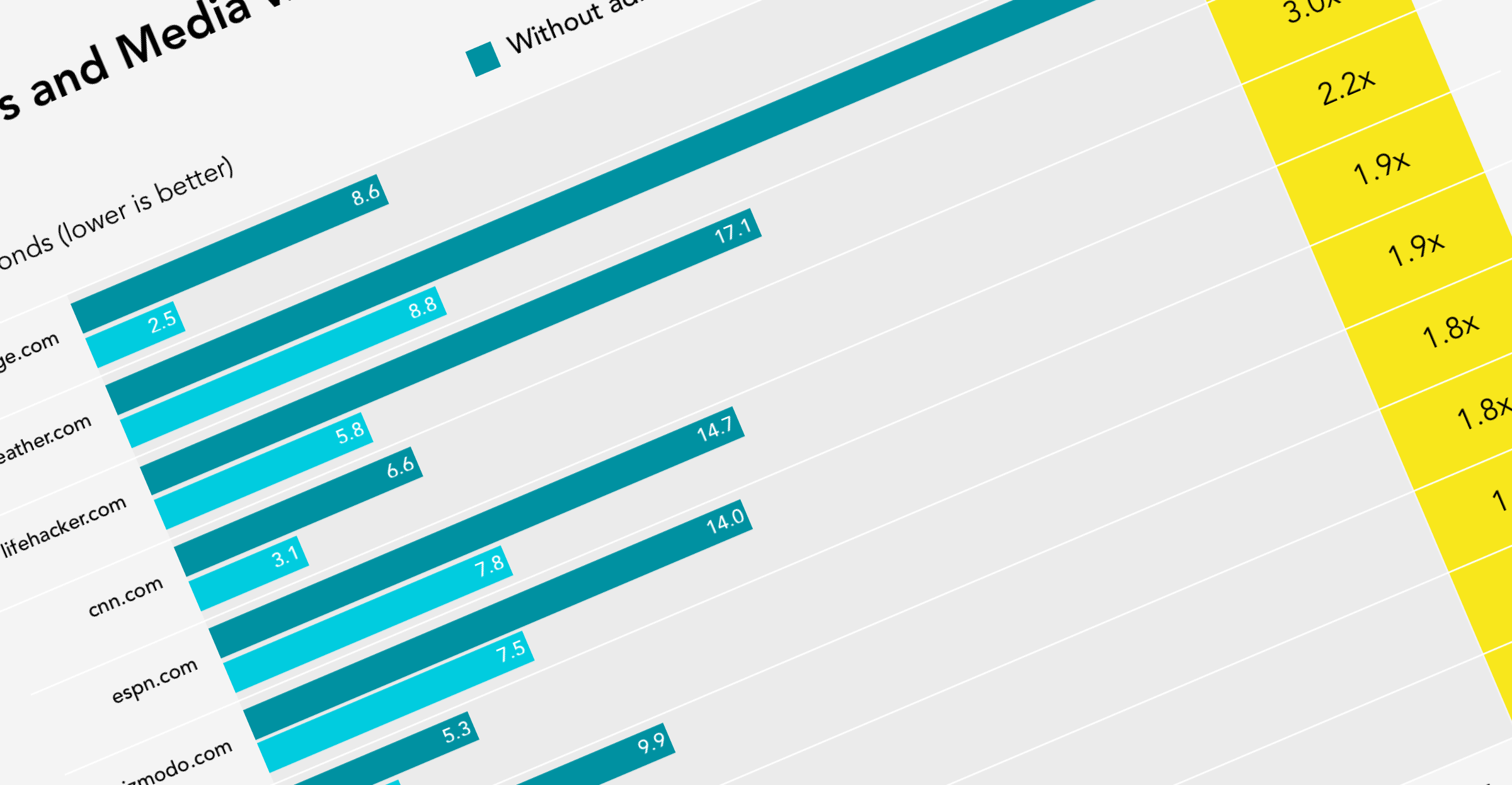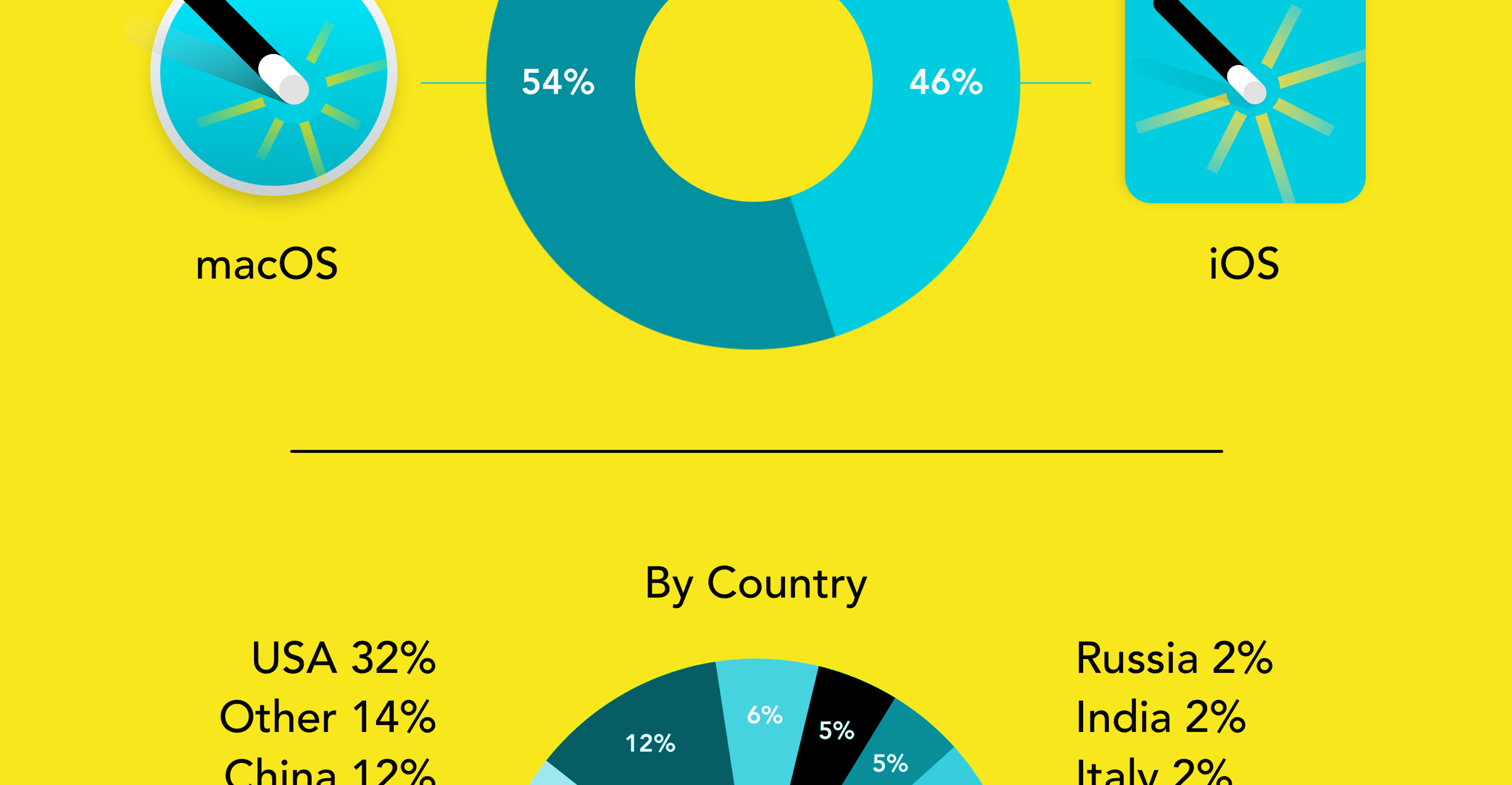With over 10% of users blocking ads globally it’s important to understand why and consider changes the advertising industry could make to regain consumer trust.
From developing our own ad blocking app, we’ve learnt why consumers use an adblocker and what the main drivers are for ongoing use. The good news for the advertising industry is that, as noted in a 2017 PageFair report; specific problems with online advertising delivery drives adblock usage and not the rejection of digital advertising itself.
Solving these specific problems may go a long way to future acceptance and sustainability of advertising on the web.
From what our users have told us, the main drivers for adblock usage are:
Security and privacy concerns
Since publicity of Facebook’s data exploits, there has been an increase in demand for improved privacy and security from users. Adblock companies have been a major beneficiary of this demand. The reporting of such breaches has raised privacy concerns into a primary motivation for usage.
Many web users lived experience reinforces the media stories of privacy abuse. Retargeted ads follow users across the web. In their minds, it parallels a sleazy drunk colleague at the Christmas work party who can’t take a hint. No matter how often they appear – you’re still not interested.
Internet users are also beginning to understand that collection and abuse of their data occurs too often. They are also aware that - no matter what PR campaigns may insist - advertising based companies aren’t trustworthy data stewards.
Slow page loads and excessive data usage
Slow web page loading is a constant issue for internet users and is a key motivation for adblock usage. A 2015 New York Times report found that more than half of the data used to load the top 50 news website homepages is due to ads and user trackers. As a result, these sites take twice as long to load as they would without advertising.
Speed increases resulting from using an adblocker on such sites is significant. An adblocker is an ice-cold glass of water to a web surfer living in page load hell. Once users have experienced the speed and simplicity of an ad-free internet, it’s unthinkable for them to go back to a slower, clunkier past.
After a slow start, mobile ad blockers are now the fastest growing segment of the adblock market. On mobile, excess data usage and page slowness are even more acute problems that adblockers help to solve. For many mobile users, it’s unacceptable to spend half of their time, and bandwidth, to load advertising.
Degraded user experience
Visiting some websites is like attending a seaside carnival while on LSD. Colours, distractions, pop-ups and auto-play videos coming in from all angles. The next annoying advertising technique is more distracting and attention-getting than the last. Such a poor experience hardens the perception that blocking all ads on the web is the only viable antidote.
Despite common sense, there’s still too many examples of detrimental advertising techniques. Auto-playing videos, distracting animations and insidious scroll tracking all distract from page content and ultimately harm websites.
Is it too late for the ad industry?
Adblockers wouldn’t have become popular if the advertising industry had shown restraint and self-regulated earlier. Ad blocking has moved from a tech enthusiast tool to a mainstream utility. As noted previously, initiatives such as acceptable ads policies and limited in-built web browser blockers is too little and has arrived too late, to change many user’s minds.
To earn trust and acceptance from all but the most passive consumers, the online advertising industry needs to deliver further significant improvements and soon.







